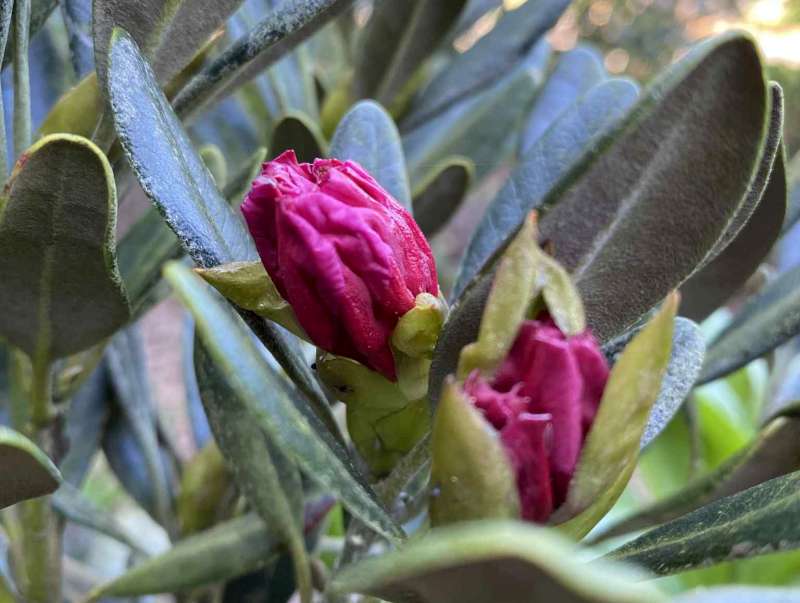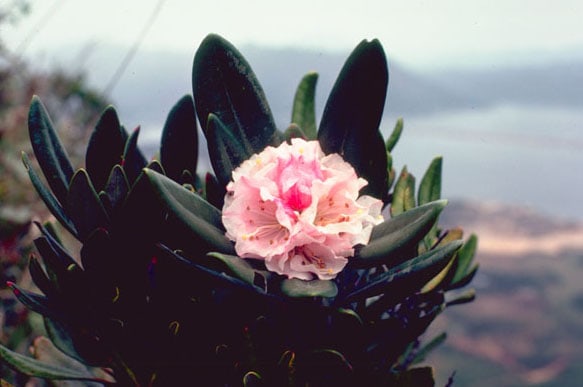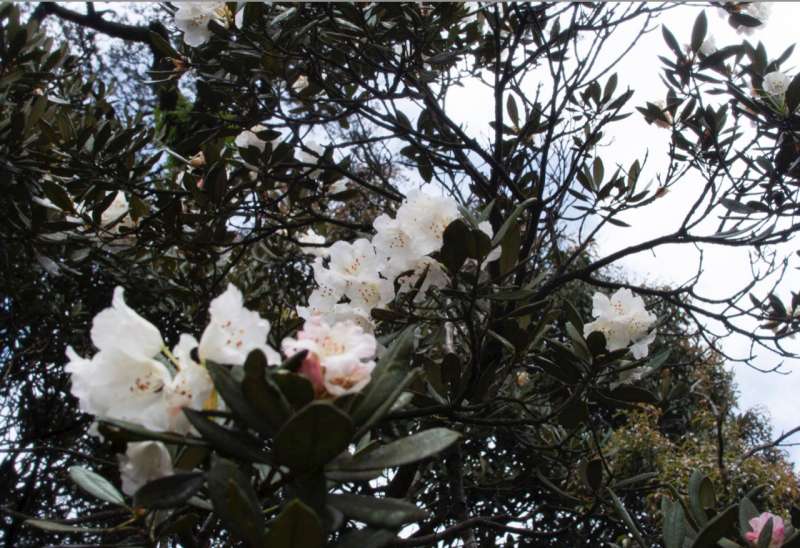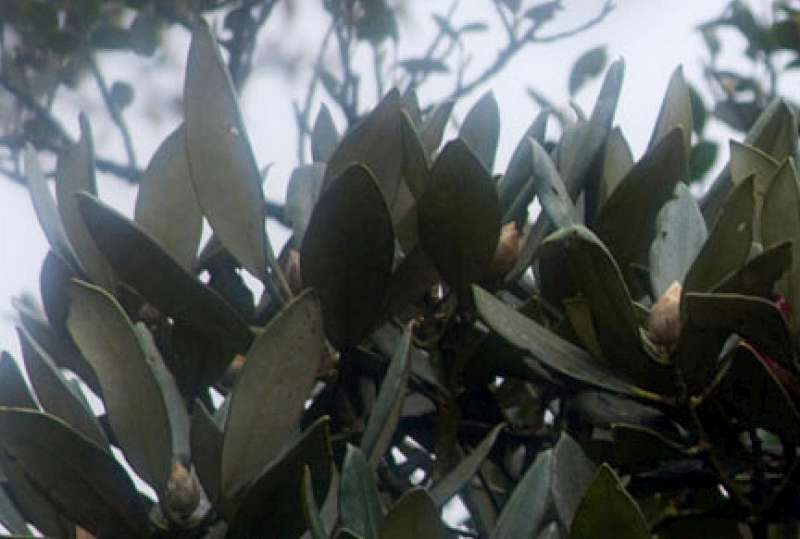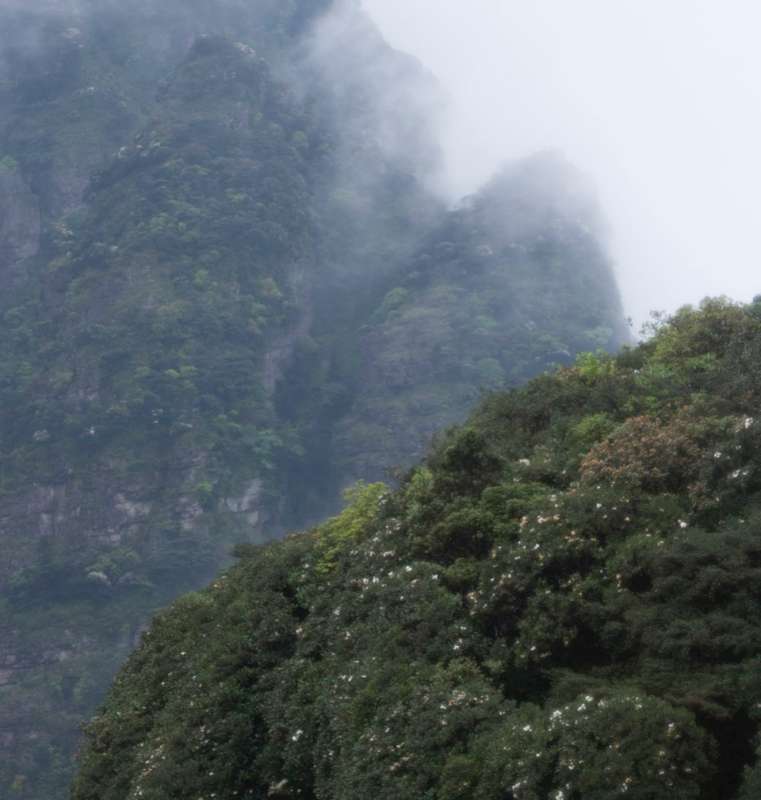Rhododendron simiarum
Billeder af Rhododendron simiarum
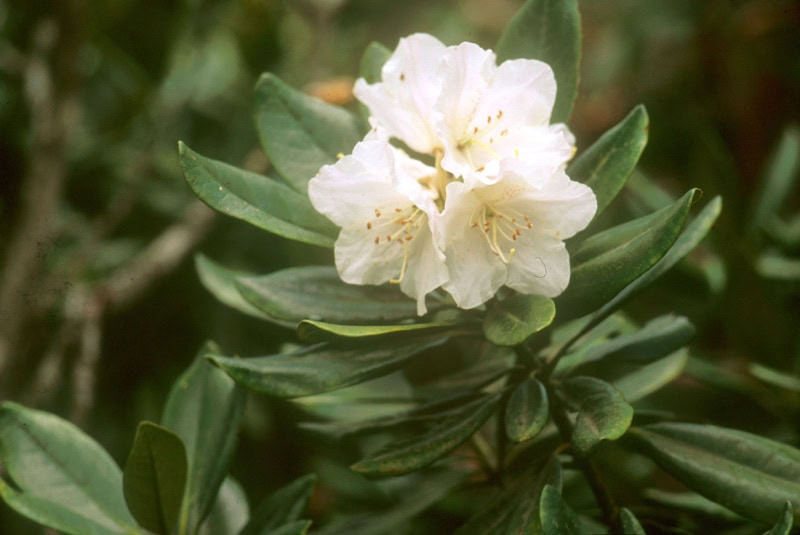
Beskrivelse
R. simiarum (Argyrophylla) (-18 °C). I reglen en ret lav, stift bygget busk 2-5m, men med ovale til pæreformede blade 7-14 x 1,8-4,5 cm, mørkegrønne og læderagtige og med et et-laget (og silkehinde) sølvhvidt til lysebrunt filtlag på bladundersiden. Kaldes også kaktus rhododendron. Kronen er hvid til lyserød med violette pletter uden nektarlommer. Der er 4-7 blomster i en løs klase. Sjælden i kultur. Vokser langt fra de andre arter i subsektionen (S & Ø Kina) og i højder fra 600-1800 m. Nogle kloner er næsten hårdføre.
Hans Eiberg
Flora of China
RBGE Herbarium; R. simiarum
RBGE Herbarium; fokienense
RBGE Herbarium; fordii
Flora of Zhiwutong
FRPS-Flora of China
RSBG
R. simiarum CGG#14144. Our first offering of this species which is remarkably rarely seen in cultivation considering that it is one of the most common species in southern China, a dominant element on virtually every mountain with enough elevation. This is a member of Subsection Argyrophylla and has very stiff and thick, leathery foliage with a thin indumentum beneath. The flowers should be mid-season to late and were mostly white with spotting as I have seen it in the wild. This should be relatively cold and heat tolerant and well worth a try in regions with hot and humid summers. From seed collected in the wild. Very slow growing so far with us. (0\R1\3) RSBG#275sd2010 $27.00.

